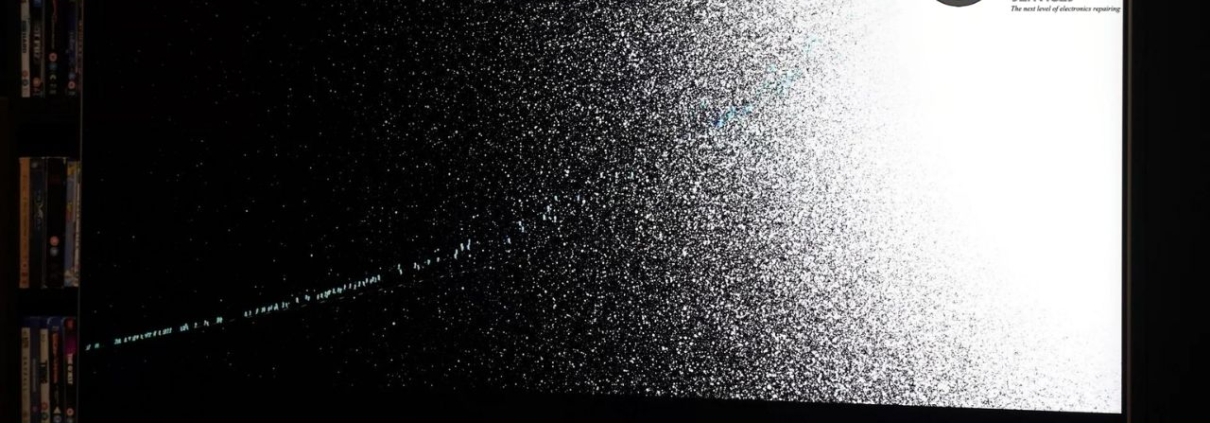Understanding the Distinction Between Stuck Pixels and Dead Pixels in LED TVs
In the world of LED TVs, the occurrence of pixel-related issues can be frustrating for users. Two commonly encountered problems are stuck pixels and dead pixels. While they may sound similar, it is essential to understand the differences between them. This article aims to provide a comprehensive explanation of stuck pixels and dead pixels in LED TVs, shedding light on their causes, symptoms, and potential solutions. If you are confused between both of them you should contact LED TV repair experts.
Understanding Stuck Pixels and Dead Pixels in LED TVs
-
Stuck Pixels: An Irritating Yet Fixable Issue
Stuck pixels are characterized by subpixels (red, green, or blue) that remain “stuck” in a particular state, resulting in a persistent spot of color on the TV screen. These pixels fail to respond to changes in image signals and tend to stand out against the surrounding pixels. Stuck pixels are often caused by manufacturing defects, electrical issues, or prolonged static displays of a particular color.
Symptoms of Stuck Pixels in LED TVs :
- A bright spot of color that remains visible regardless of the displayed content
- The affected pixel appears to be “stuck” in a specific color state
- The issue may be more noticeable on dark backgrounds
Fixing Stuck Pixels: Thankfully, stuck pixels can often be rectified using various methods:
- Gentle pressure: Applying slight pressure to the affected area using a soft cloth or your fingertip may help unstick the pixel.
- Pixel-exercising software: Several software applications are designed to cycle colors rapidly on the screen, stimulating the pixel and encouraging it to return to normal functionality.
- Massaging the pixel: Gently rubbing the stuck pixel in a circular motion can sometimes re-activate it.
-
Dead Pixels in LED TVs: A Permanent Display Anomaly
Unlike stuck pixels, dead pixels are characterized by subpixels that no longer function at all. They typically appear as small black spots on the screen and are unable to produce any color, resulting in a loss of image detail. Dead pixels are commonly caused by physical damage, manufacturing defects, or excessive heat exposure.
Symptoms of Dead Pixels in LED TVs:
- Small, black spots that persist regardless of the displayed content
- The affected pixel fails to respond and remains black, regardless of image changes
- Dead pixels may be more noticeable on bright backgrounds
Addressing Dead Pixels: Unfortunately, dead pixels are often irreversible, and complete repair is challenging. However, there are a few potential solutions to mitigate the impact:
- Pixel mapping: Some TV manufacturers offer pixel mapping tools that can help identify and remap dead pixels to less noticeable areas of the screen.
- Warranty claim: If your TV is under warranty, you may be eligible for a replacement or repair if the dead pixel issue meets the manufacturer’s criteria.
Conclusion
Stuck pixels and dead pixels are common pixel-related issues that can impact LED TVs. While stuck pixels are fixable and can often be resolved through simple techniques, dead pixels are permanent and pose a more significant challenge. Recognizing the symptoms and understanding the causes of these problems will help you make informed decisions when dealing with pixel-related issues in your LED TV. If you encounter persistent pixel abnormalities, consult the TV manufacturer or the best Best TV Repairing Service in Kolkata can provide further guidance for resolution.
Remember, keeping your LED TV in optimal condition, avoiding prolonged static displays, and handling the screen with care can help minimize the chances of encountering stuck or dead pixels.



